Keeping Borrowers Current in a Pandemic
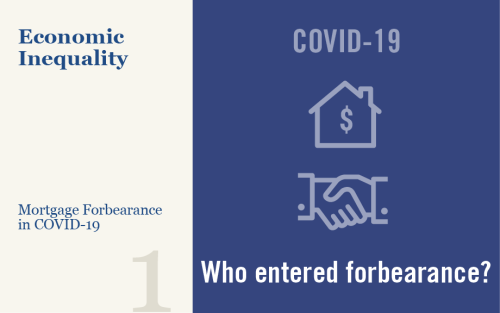
Federal government actions in response to the pandemic have taken many forms. One set of policies is intended to reduce the risk that the pandemic will result in a housing market crash and a wave of foreclosures like the one that accompanied the Great Financial Crisis. An important and novel tool employed as part of these policies is mortgage forbearance, which provides borrowers the option to pause or reduce debt service payments during periods of hardship, without marking the loan delinquent on the borrower’s credit report. Widespread take-up of forbearance over the past year has significantly changed the housing finance system in the United States, in different ways for different borrowers. This post is the first of four focusing attention on the effects of mortgage forbearance and the outlook for the mortgage market. Here we use data from the New York Fed’s Consumer Credit Panel (CCP) to examine the effects of these changes on households during the pandemic.
How COVID‑19 Affected First‑Time Homebuyers

Efforts in the spring of 2020 to contain the spread of COVID-19 resulted in a sharp contraction in U.S. economic growth and an unprecedented, rapid rise in unemployment. While the first wave of the pandemic slowed the spring housing market, home sales rebounded sharply over the rest of the year, with strong gains in house prices. Given the rising house prices and continuing high unemployment, concerns arose that COVID-19 may have negatively affected first-time homebuyers. Using a new and more accurate measure of first-time homebuyers, we find that these buyers have not been adversely affected by the pandemic. At the same time, gains from lower mortgage rates have gone to existing homeowners and not to households purchasing their first home.
Do People View Housing as a Good Investment and Why?

Housing represents the largest asset owned by most households and is a major means of wealth accumulation, particularly for the middle class. Yet there is limited understanding of how households view housing as an investment relative to financial assets, in part because of their differences beyond the usual risk and return trade-off. Housing offers households an accessible source of leverage and a commitment device for saving through an amortization schedule. For an owner-occupied residence, it also provides stability and hedges for rising housing costs. On the other hand, housing is much less liquid than financial assets and it also requires more time to manage. In this post, we use data from our just released SCE Housing Survey to answer several questions about how households view this choice: Do households view housing as a good investment choice in comparison to financial assets, such as stocks? Are there cross-sectional differences in preferences for housing as an investment? What are the factors households consider when making an investment choice between housing and financial assets?
Mortgage Rates Decline and (Prime) Households Take Advantage

Today, the New York Fed’s Center for Microeconomic Data reported that household debt balances increased by $206 billion in the fourth quarter of 2020, marking a $414 billion increase since the end of 2019. But the COVID pandemic and ensuing recession have marked an end to the dynamics in household borrowing that have characterized the expansion since the Great Recession, which included robust growth in auto and student loans, while mortgage and credit card balances grew more slowly. As the pandemic took hold, these dynamics were altered. One shift in 2020 was a larger bump up in mortgage balances. Mortgage balances grew by $182 billion, the biggest uptick since 2006, boosted by historically high volumes of originations. Here, we take a close look at the composition of mortgage originations, which neared $1.2 trillion in the fourth quarter of 2020, the highest single-quarter volume seen since our series begins in 2000. The Quarterly Report on Household Debt and Credit and this analysis are based on the New York Fed’s Consumer Credit Panel, which is itself based on anonymized Equifax credit data.
Following Borrowers through Forbearance

Today, the New York Fed’s Center for Microeconomic Data reported that total household debt balances increased slightly in the third quarter of 2020, according to the latest Quarterly Report on Household Debt and Credit. This increase marked a reversal from the modest decline in the second quarter of 2020, a downturn driven by a sharp contraction in credit card balances. In the third quarter, credit card balances declined again, even as consumer spending recovered somewhat; meanwhile, mortgage originations came in at a robust $1.049 trillion, the highest level since 2003. Many of the efforts to stabilize the economy in response to the COVID-19 crisis have focused on consumer balance sheets, both through direct cash transfers and through forbearances on federally backed debts. Here, we examine the uptake of forbearances on mortgage and auto loans and its impact on their delinquency status and the borrower’s credit score. This analysis, as well as the Quarterly Report on Household Debt and Credit, is based on anonymized Equifax credit report data.
How Do Consumers Believe the Pandemic Will Affect the Economy and Their Households?

In this post we analyze consumer beliefs about the duration of the economic impact of the pandemic and present new evidence on their expected spending, income, debt delinquency, and employment outcomes, conditional on different scenarios for the future path of the pandemic. We find that between June and August respondents to the New York Fed Survey of Consumer Expectations (SCE) have grown less optimistic about the pandemic’s economic consequences ending in the near future and also about the likelihood of feeling comfortable in crowded places within the next three months. Although labor market expectations of respondents differ considerably across fairly extreme scenarios for the evolution of the COVID pandemic, the difference in other economic outcomes across scenarios appear relatively moderate on average. There is, however, substantial heterogeneity in these economic outcomes and some vulnerable groups (for example, lower income, non-white) appear considerably more exposed to the evolution of the pandemic.
Who Has Been Evicted and Why?
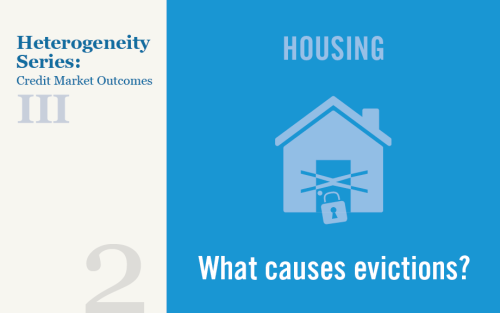
More than two million American households are at risk of eviction every year. Evictions have been found to cause prolonged homelessness, worsened health conditions, and lack of credit access. During the COVID-19 outbreak, governments at all levels implemented eviction moratoriums to keep renters in their homes. As these moratoriums and enhanced income supports for unemployed workers come to an end, the possibility of a wave of evictions in the second half of the year is drawing increased attention. Despite the importance of evictions and related policies, very few economic studies have been done on this topic. With the exception of the Milwaukee Area Renters Study, evictions are rarely measured in economic surveys. To fill this gap, we conducted a novel national survey on evictions within the Housing Module of the Survey of Consumer Expectations (SCE) in 2019 and 2020. This post describes our findings.
Inequality in U.S. Homeownership Rates by Race and Ethnicity
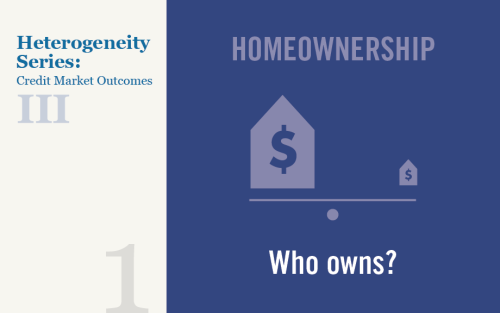
Homeownership has historically been an important means for Americans to accumulate wealth—in fact, at more than $15 trillion, housing equity accounts for 16 percent of total U.S. household wealth. Consequently, the U.S. homeownership cycle has triggered large swings in Americans’ net worth over the past twenty-five years. However, the nature of those swings has varied significantly by race and ethnicity, with different demographic groups tracing distinct trajectories through the housing boom, the foreclosure crisis, and the subsequent recovery. Here, we look into the dynamics underlying these divergences and explore some potential explanations.










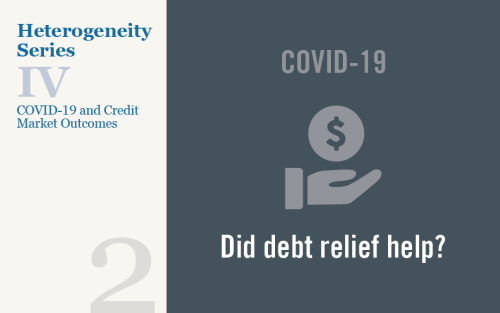
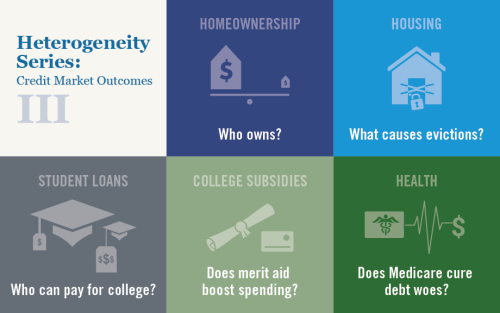
 RSS Feed
RSS Feed Follow Liberty Street Economics
Follow Liberty Street Economics